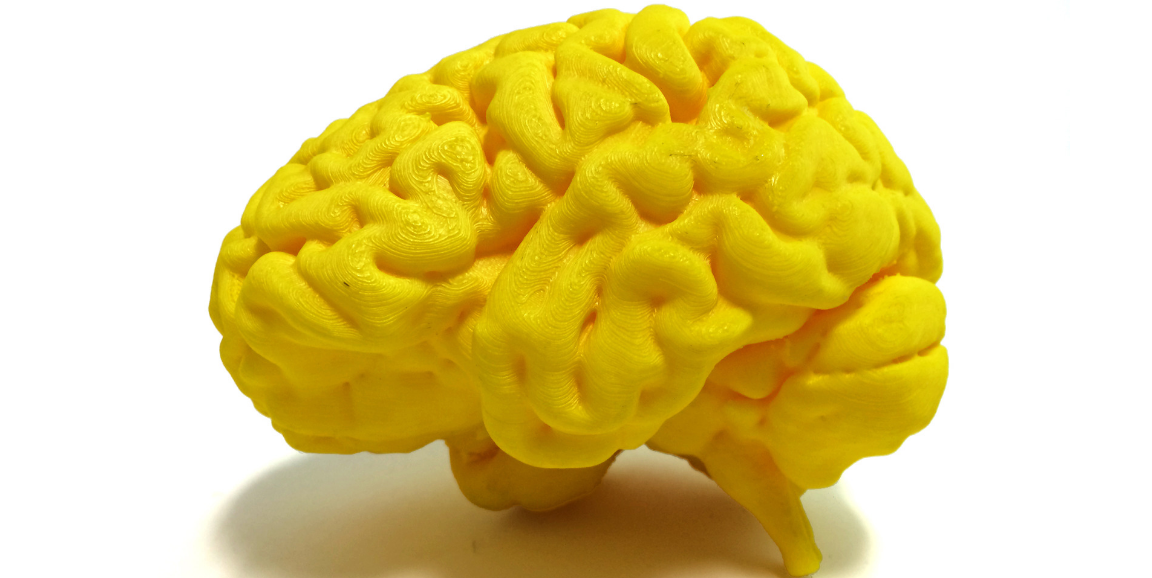I've written here before about long non-coding RNAs, or lncRNAs. These molecules are created from DNA but, unlike messenger RNA, they don't contain the coding instructions for any proteins. Instead, they perform critical regulatory functions within the cell -- many of which are as yet undetermined.
Now researchers, including dermatologist and genome scientist Howard Chang, MD, PhD, graduate student Cheen Euong Ang, and stem cell scientist Marius Wernig, MD, are finding that at least one of these lncRNAs appears to control neurodevelopment. In particular, this lncRNA is linked to autism spectrum disorders and intellectual disabilities. They published their findings earlier this month in eLife.
As Chang explained in an email:
We discovered this lncRNA due to its ability to help turn other kind of cells into neurons through a process called transdifferentiation. In a bit of delightful scientific serendipity, genetic association studies of patients and families with autism and intellectual disability turned up the same lncRNA. We think there are likely to be additional 'brainy lncRNAs' that help to build or regulate the brain circuits affected in autism and other neurodevelopmental disorders.
In 2011, researchers in Wernig's lab described how to create human neurons directly from skin cells without going through a transition state known as induced pluripotency. Eager to learn how this transition happened, the researchers have been studying the genes that seem to trigger this change. Surprisingly, Ang found that about 40 percent of those genes were lncRNAs. After a variety of screening methods, the researchers homed in on 35 of these lncRNAs most likely to affect brain function in some way.
Ang and his colleagues found that one of these 35 lncRNAs, fetchingly called lnc-NR2F1, is repeatedly mutated in people with autism spectrum disorders or intellectual disabilities.
As Chang explained:
We were impressed to find evidence of recurrent lncRNA mutations in people with autism. The point was really brought home by finding an affected family with a single break the chromosome that chopped the lnc-NR2F1 gene in half. This suggests that inactivation of just one copy of this neurogenic lncRNA has a potential impact.
Although more research needs to be done to clarify the role of lnc-NR2F1, the study points at the importance of lncRNAs in brain development and function.
"The knowledge of lncRNA involvement means that genetic studies of autism need to include and look closely at the effects of lncRNAs and not just at standard protein-coding genes," said Chang.
Image by Nevit Dilmen, NIH 3D Print Exchange, National Institutes of Health




